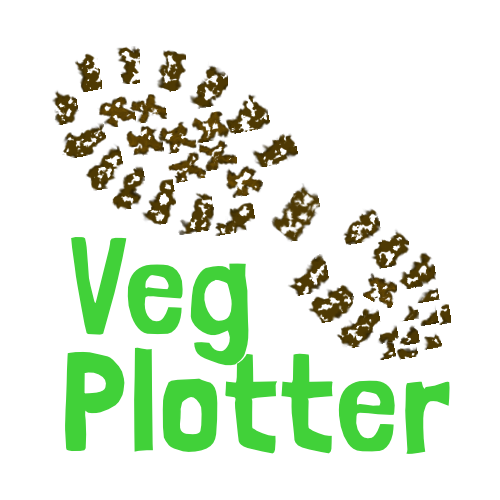Planning for Success: Top 5 Tips

There is nothing quite like the feeling of standing in the middle of your own vegetable plot, harvest basket in hand, surrounded by the fruits (and veggies) of your labor. But as many seasoned "plotters" will tell you, a spectacular harvest doesn’t start with a spade—it starts with a plan.
Whether you’re managing a backyard raised bed or a full-sized allotment, taking a moment to consider these five essentials will save you hours of "playing catch-up" later in the season.





